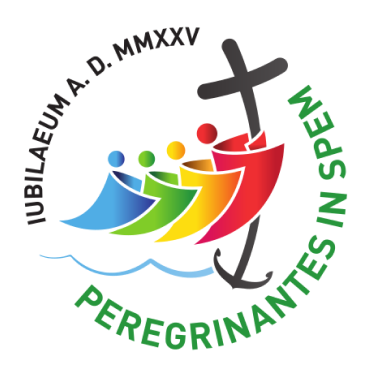In ancient Judaism, the Jubilee Year (which was called the year of the yōbēl, "of the goat", because the holiday was proclaimed by the sound of a goat's horn) was a year that was declared holy. During this period, the Mosaic law prescribed that slaves could regain their freedom, and that land, (of which God is the sole master), should be returned to its former owners. A jubilee year was typically celebrated every 50 years.
In the Christian era, after the first Jubilee of 1300, Pope Boniface VIII fixed the frequency of Jubilee celebrations to every 100 years. Following a plea from the people of Rome to Pope Clement VI (1342), the frequency was reduced to every 50 years.
In 1389, in remembrance of the number of years in the life of Christ, Urban VI chose to set the Jubilee cycle to every 33 years and called for a Jubilee in 1390—though it was only celebrated after his death by Pope Boniface IX.
Despite this, in 1400, at the end of the previously fixed 50-year period, without having declared a Jubilee ahead of time, Boniface IX granted a Jubilee indulgence to the pilgrims who had flocked to Rome.
In 1425, Martin V celebrated a new Jubilee, opening the holy door of St John Lateran for the first time.
The last to celebrate a Jubilee on the 50-year cycle was Pope Nicholas V in 1450. Paul II extended the inter-jubilee period to 25 years, and in 1475 a Holy Year was celebrated by Sixtus IV. From then on, ordinary Jubilees were held at regular intervals. Unfortunately, the Napoleonic wars prevented the celebrations of the Jubilees of 1800 and 1850.
The Jubilees were resumed in 1875, after the annexation of Rome to the Kingdom of Italy, although that year it was celebrated without the traditional solemnity.




























